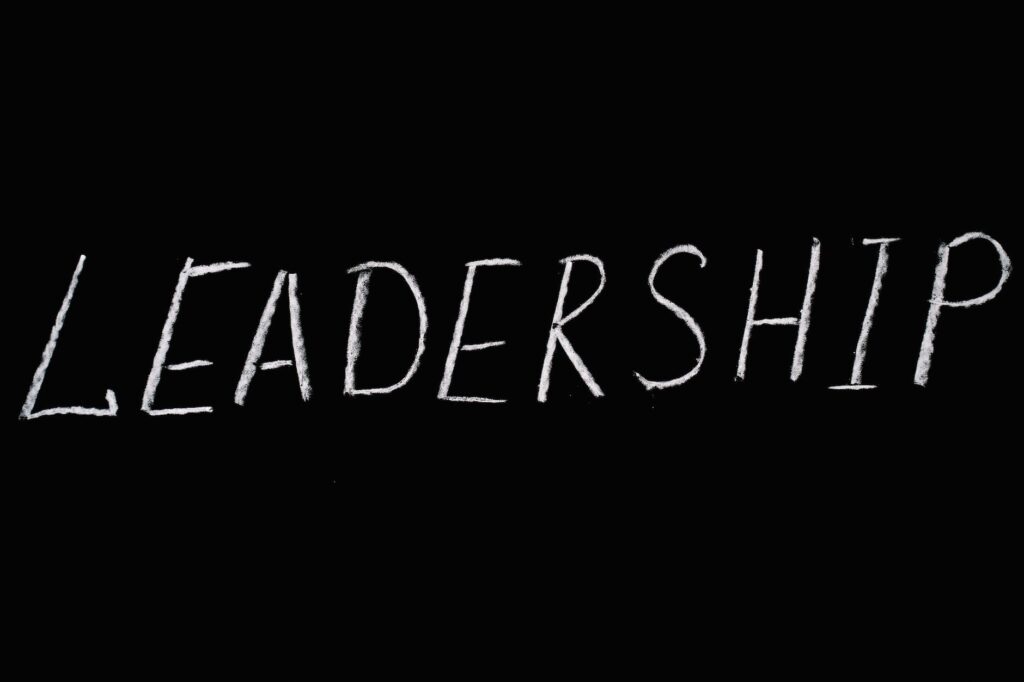In the annals of human civilization, leadership has been a central theme. Whether it’s in tales of brave warriors leading their tribes or modern-day CEOs navigating the intricate world of global business, the concept of leadership has been a pillar of our social construct. However, like everything else, leadership styles have evolved over the years. This evolution has been influenced by societal changes, technological advancements, and a deeper understanding of human psychology.
The Autocratic Era
The earliest known leadership style is the autocratic or command-and-control approach. Often likened to monarchy systems or strict corporate hierarchies, autocratic leaders make decisions unilaterally. Their word is law. In ancient times, kingdoms and empires needed firm control, given the external threats and the sheer scope of administration. An autocratic style was not just preferred but necessary to maintain order.
In the corporate landscape, this leadership approach made sense during the industrial revolution. Factories needed order, discipline, and consistent output. There wasn’t much room for debate when it came to operational decisions.
Democratic Leadership Emerges
As societies became more complex and educated, and as information became more accessible, the autocratic style began to wane. The world saw the rise of democratic leadership. Here, leaders started considering the opinions and feedback of their team members. Decisions were made collectively, valuing the input from various stakeholders.
In corporate settings, this shift recognized that front-line workers, middle managers, and other stakeholders had insights that could be valuable. Innovation and problem-solving became collaborative efforts.
Transformational Leadership: Inspiring and Innovating
While democratic leadership was a leap from autocratic styles, transformational leadership took it a notch higher. These leaders inspire and motivate their teams, aiming not just for task completion but for higher levels of team satisfaction and personal development. They are visionaries who foster creativity and challenge the status quo.
In the late 20th century and early 21st century, with the rise of startups and innovative tech companies, transformational leaders like Steve Jobs and Elon Musk became iconic. They didn’t just set directives; they built cultures, inspired groundbreaking ideas, and led their organizations to unprecedented heights.
The Advent of Servant Leadership
In the late 20th century, another leadership style started gaining traction: servant leadership. Coined by Robert Greenleaf in 1970, this style posits that the leader is there to serve their team, not the other way around. The leader ensures that team members have the resources, training, and emotional support they need.
Companies that have embraced servant leadership often report higher employee satisfaction, lower turnover rates, and a more inclusive and positive work environment. In a world where talent retention is pivotal, this style holds significant merit.
The Impact of Technology and Globalization
The last two decades have seen rapid technological advancements and globalization, which have profoundly influenced leadership styles. Today’s leaders are not just leading localized teams; they are often leading global, remote, and culturally diverse teams. The need for flexibility, cultural sensitivity, and effective virtual communication has reshaped leadership priorities.
Moreover, the constant flow of information online means leaders have to be more transparent, accountable, and adaptive. The top-down approach of yesteryears doesn’t quite fit the decentralized, fast-paced digital age.
The Future of Leadership
Predicting the future is a challenging endeavor. However, a few trends seem apparent. The leaders of tomorrow will likely have to be:
- Adaptive: With the pace of technological change, leaders will have to be quick learners and be open to regular change.
- Collaborative: Hierarchies might become even flatter, with decision-making becoming more collective.
- Empathetic: With the rise of mental health awareness, leaders will need to be attuned to the emotional and psychological needs of their teams.
In conclusion, leadership, as a concept, has been fluid. It has adapted and evolved, mirroring the changes in society, economy, and technology. As we stand on the cusp of further technological and social shifts, leadership will continue to metamorphose, presenting new challenges and opportunities for those who dare to lead.
For more great information on leadership, please check out my book, The Indispensable Leader, on Amazon.

